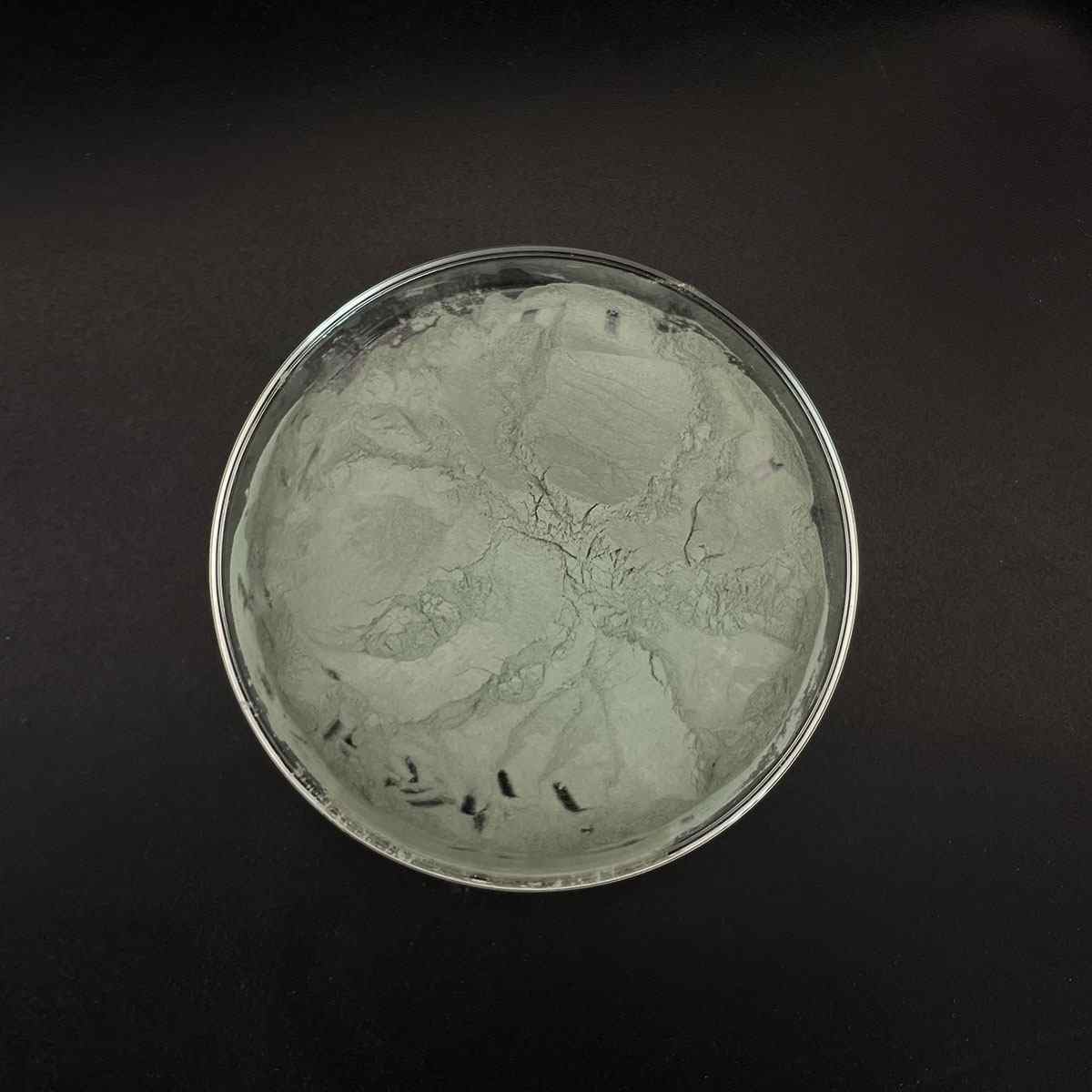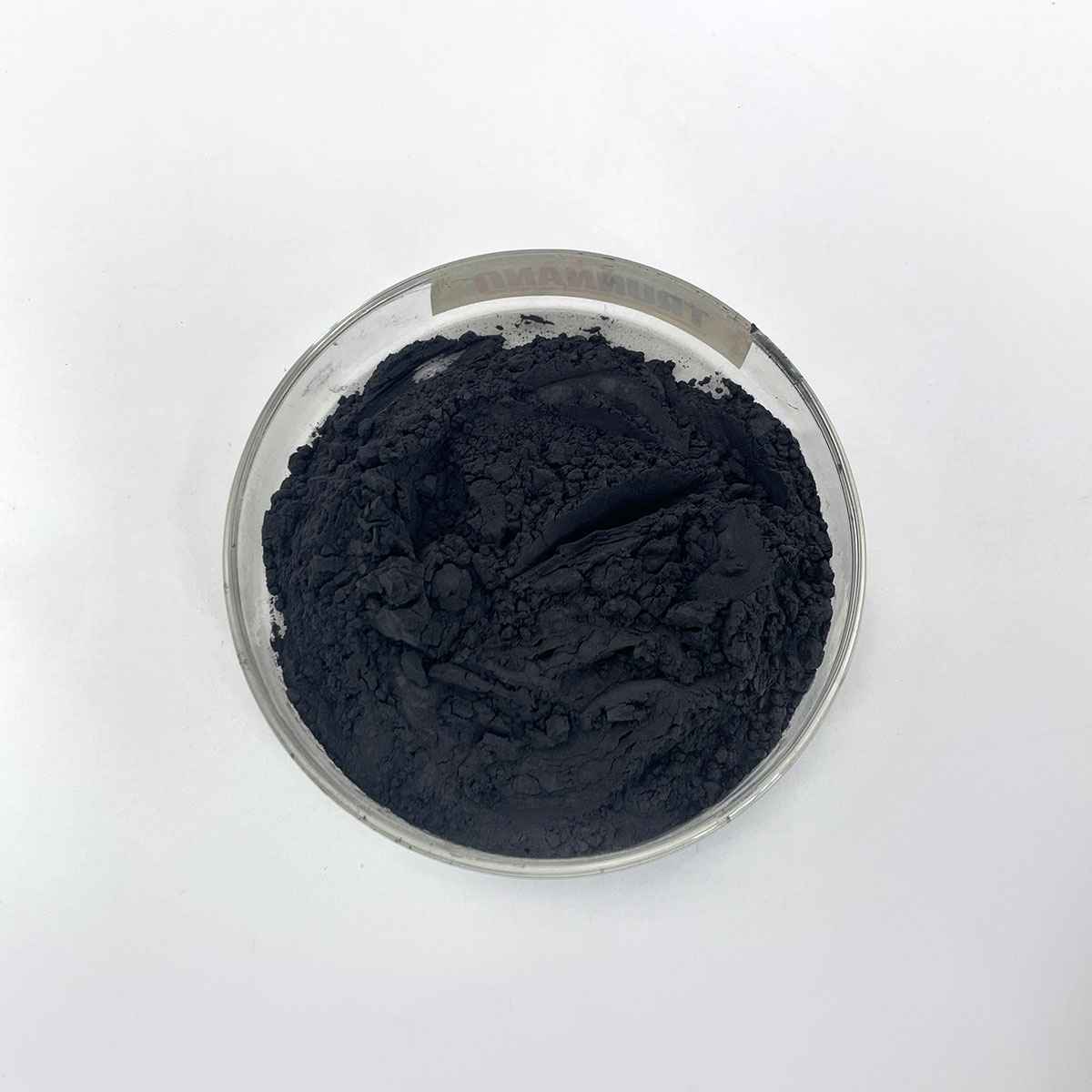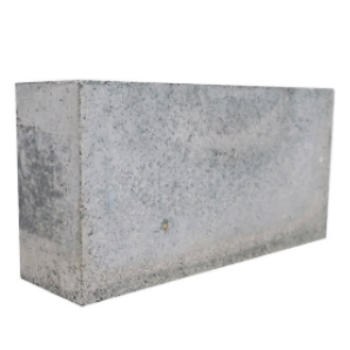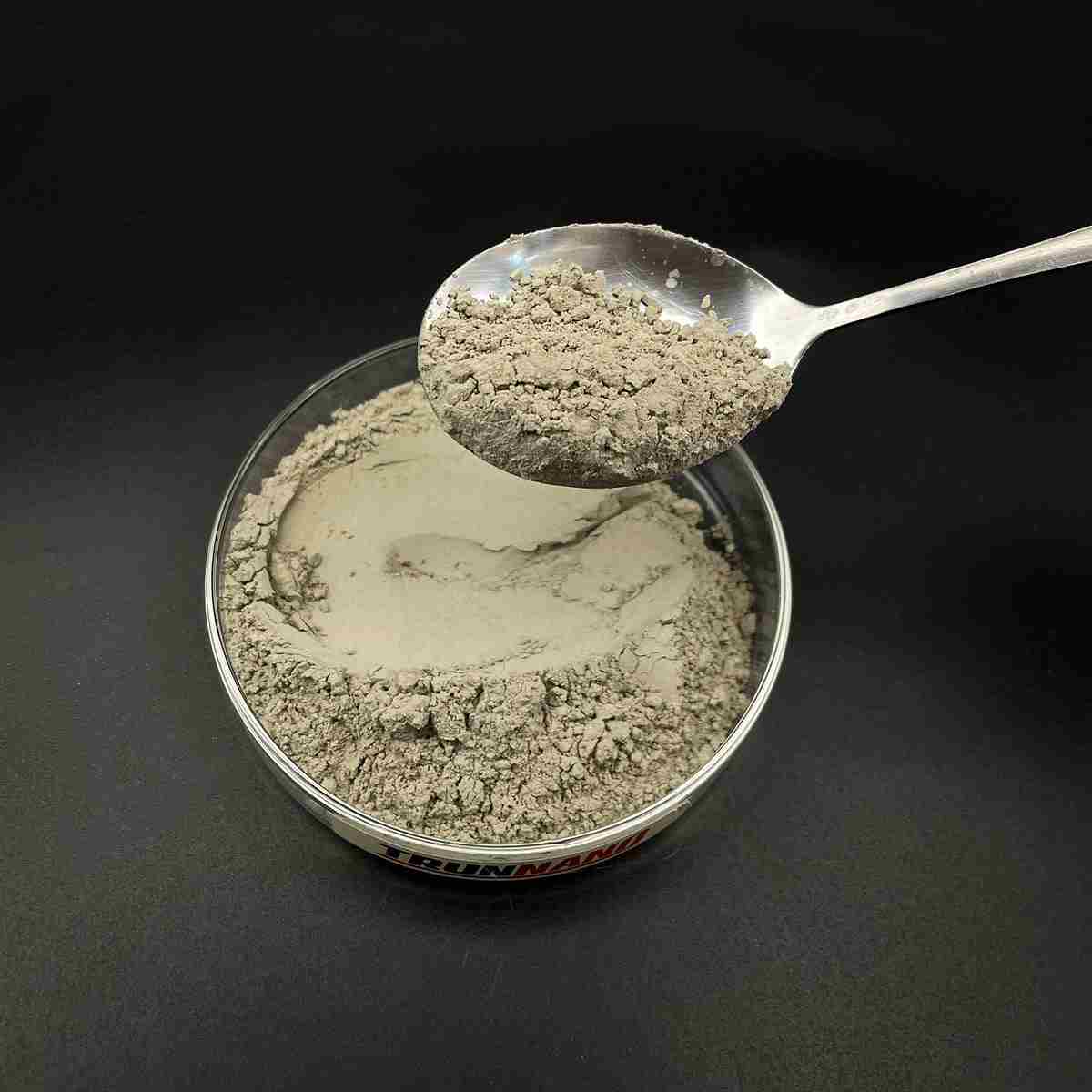Overview of Max Phase Niobium aluminum carbide Nb2AlC Max MXene Composite Material Nb2AlC CAS 60687-94-7
Metal powder is a common form of metal that has been processed into fine particles, ranging from a few micrometers to over 100 microns in diameter. It plays a crucial role in various industrial applications due to its unique properties and versatility.
Features of Max Phase Niobium aluminum carbide Nb2AlC Max MXene Composite Material Nb2AlC CAS 60687-94-7
Physical Characteristics
Particle Size: Ranging from nanometers to hundreds of micrometers, the size distribution significantly influences the powder’s flowability, packing density, and sintering behavior.
Shape: Particles can be spherical, irregular, flake-like, or dendritic, each shape affecting the final product’s mechanical properties and surface finish.
Purity: Depending on the production method, metal powders can achieve high levels of purity, critical for applications like electronics and aerospace where impurities can degrade performance.
Density: While less dense than their solid counterparts due to the presence of air between particles, metal powders can be densely packed during processing to approach the density of the solid metal.
Chemical Properties
Reactivity: Some metal powders, particularly aluminum and titanium, are highly reactive with air and moisture, necessitating careful handling and storage under inert atmospheres or vacuum.
Oxidation: Exposure to air can lead to surface oxidation, forming a passive layer that affects sintering and other processes. This can be managed through surface treatment or use of protective atmospheres.

(Max Phase Niobium aluminum carbide Nb2AlC Max MXene Composite Material Nb2AlC CAS 60687-94-7)
Parameters of Max Phase Niobium aluminum carbide Nb2AlC Max MXene Composite Material Nb2AlC CAS 60687-94-7
Max Phase Niobium Aluminum Carbide (Nb2AlC), also known as MXene composite material, is a high-performance ceramic material with the chemical formula Nb2AlC and the CAS number 60687-94-7. This extraordinary material belongs to the family of two-dimensional (2D) transition metal carbides, or MXenes, which are derived from the exfoliation of MAX phases, a class of ternary metallic carbides and nitrides.
MXenes are unique in their atomic structure, featuring layers composed of transition metal atoms sandwiched between carbon and another element. In the case of Nb2AlC, niobium (Nb) and aluminum (Al) are the primary transition metals, while carbon forms the outermost layer. The combination of these elements endows Nb2AlC with exceptional properties that make it an attractive choice for various applications.
One of the key characteristics of Nb2AlC is its lightweight nature, despite its high strength and stiffness. This makes it an ideal candidate for aerospace, automotive, and defense industries where weight reduction is critical without compromising structural integrity. Its high thermal conductivity, around 130 W/m·K, ensures efficient heat dissipation, making it suitable for electronic components and thermal management applications.
The material’s electrical conductivity, particularly its superconducting properties at low temperatures, is another standout feature. Nb2AlC can exhibit zero electrical resistance below a certain critical temperature, which could revolutionize energy storage and transmission systems. Additionally, its ability to be easily processed into thin films and nanosheets through exfoliation techniques opens up possibilities for flexible electronics and sensors.
Nb2AlC also exhibits excellent chemical stability, corrosion resistance, and wear resistance, which are crucial for applications in harsh environments. It has shown potential in catalysis, where its high surface area and unique structure can enhance chemical reactions. Furthermore, its mechanical strength and toughness, comparable to some advanced metals, make it a viable replacement for traditional materials in load-bearing components.
In the field of energy storage, Nb2AlC-based composites have been investigated for use in lithium-ion batteries as a high-capacity cathode material. Its fast charging capabilities and long cycle life make it an attractive option for next-generation rechargeable batteries. Moreover, its integration with other materials like graphene or metal nanoparticles can further enhance the overall performance.
In summary, Max Phase Nb2AlC, with its CAS number 60687-94-7, is a versatile and promising composite material due to its unique combination of properties such as light weight, high strength, thermal conductivity, and electrical performance. Its potential applications range from aerospace to electronics, energy storage, and catalysis, making it a valuable addition to the materials science landscape. As research continues to explore and optimize its properties, Nb2AlC holds the promise of unlocking new frontiers in various industries.

(Max Phase Niobium aluminum carbide Nb2AlC Max MXene Composite Material Nb2AlC CAS 60687-94-7)
FAQs of Max Phase Niobium aluminum carbide Nb2AlC Max MXene Composite Material Nb2AlC CAS 60687-94-7
Inquiry us






